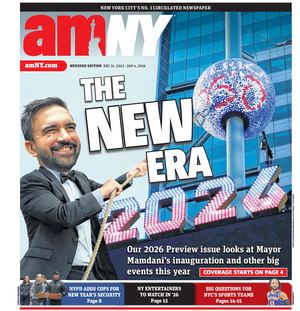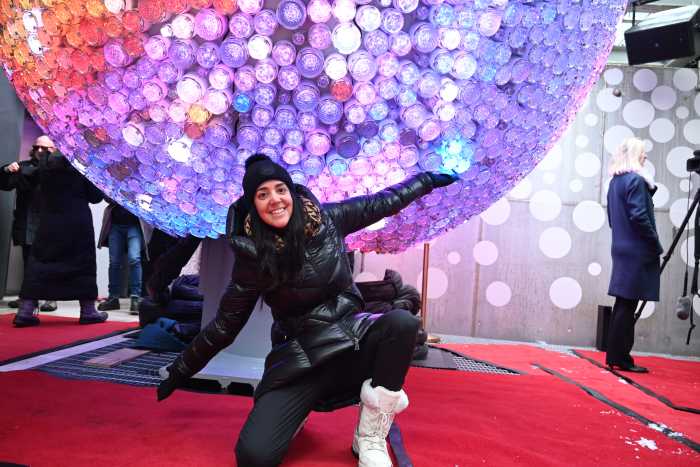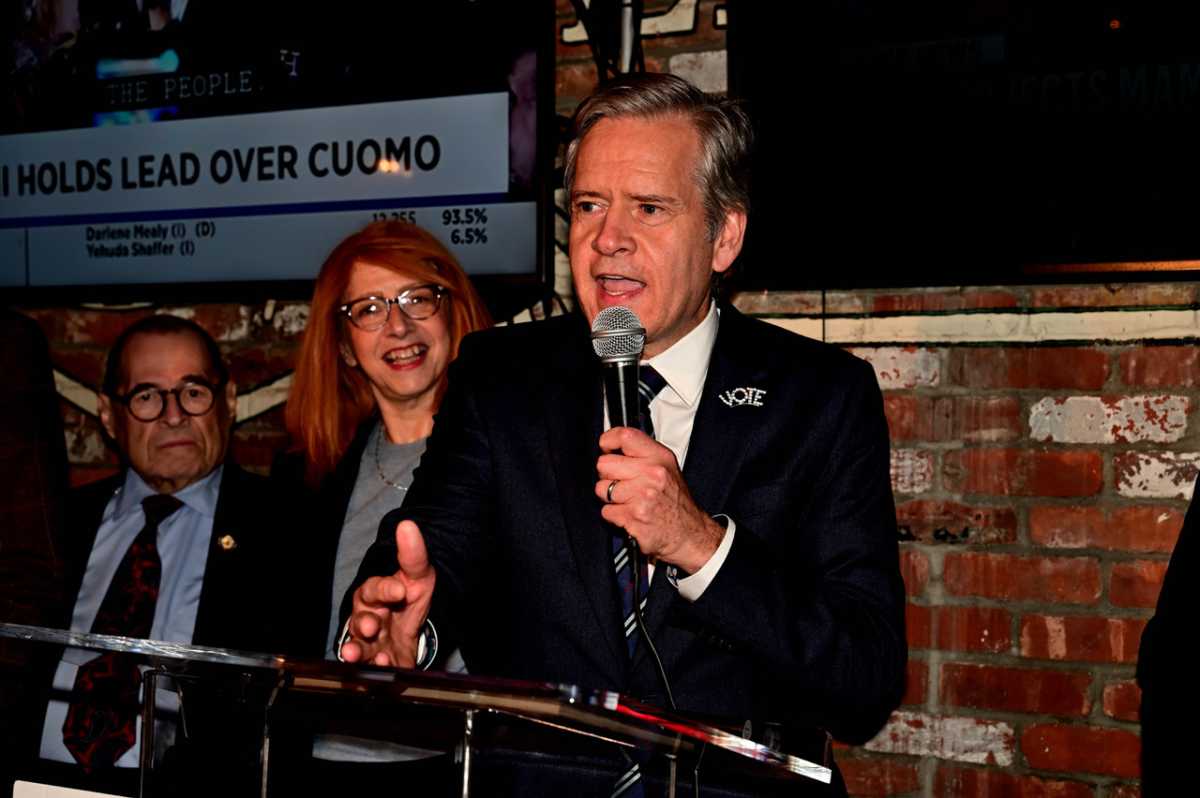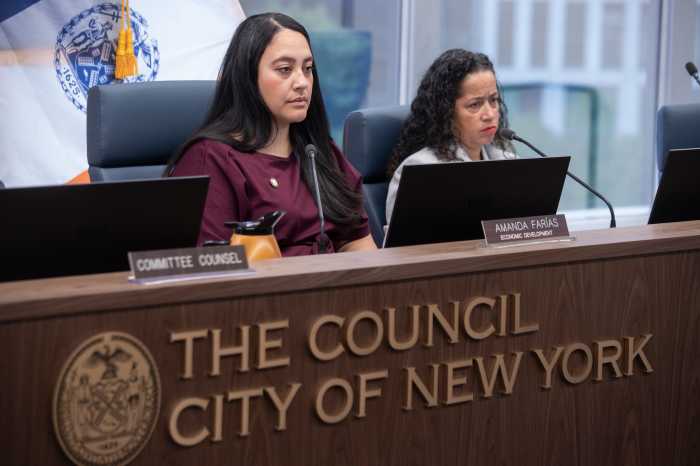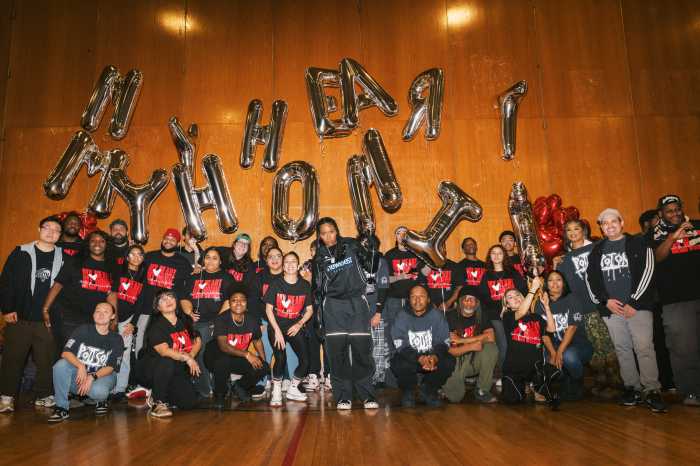For women in Victorian-era New York City, simply walking alone on the street was rebellious. Women were meant to abide by the idea of “separate spheres,” to stay at home and care for children while their husbands went to work. But some women dared to defy those parameters.
Elizabeth Jennings Graham, a black woman, refused to leave an all-white streetcar in 1854. Victoria Woodhull ran for president in 1872. Madame Restell made a fortune as an abortion doctor in the 1870s.
These are just a few of the subversive women featured in the Museum of the City of New York’s new exhibit “Rebel Women: Defying Victorianism,” which opens Tuesday.
The 15 women are divided into three categories — political, working and professional — to cover the breadth of women’s forms of rebellion.
Curator Marcela Micucci, Andrew W. Mellon postdoctoral curatorial fellow at the museum, spent eight months culling photos and lithographs from the museum’s own collection to select as diverse a cast of women as possible, among them transcendentalist Margaret Fuller, androgenous actress Adah Isaacs Menken and black physician Dr. Susan Smith McKinney Steward.
“When people come in, I like to think that there’s someone that each person can self-identify with, that they can look at and see a part of themselves in,” she said.
The exhibit also includes traditional women’s garments from the time, such as tiny corsets and dainty parasols.
New York was a prime location for social change in the 19th century. Micucci said that the emergence of capitalism made it easier for women to make themselves visible in public, since they did not need to adhere to gender roles related to farming. One woman in the exhibit, Hetty Green, was a wealthy investor known as “The Witch of Wall Street.”
Some of the women — Susan B. Anthony, Elizabeth Cady Stanton and Nellie Bly — are household names, but others, such as Mary Jones, are largely unknown.
“I wanted to be able to put women on the wall, some of which the visitors will know and will recognize, but many of which they won’t and have never actually been on the walls in a history exhibition at a museum,” Micucci said, adding that several of the prints in the working women section have never been displayed before.
Although the featured women were active more than 100 years ago, some of the racial and gender inequalities they faced still remain. Micucci said that her exhibit is particularly relevant given today’s political climate. Hillary Clinton, according to Micucci, exemplified the kind of resistance undertaken by her Victorian predecessors.
“She’s just like these women in the 19th century, for some reason labeled too outspoken, too radical, too masculine, too political, too successful, and those women were ostracized then just as they still are now,” she said. “So I think it’s important to show that when it comes to regulating women’s behavior, that history repeats itself. And it’s important to know that history and learn from it.”
